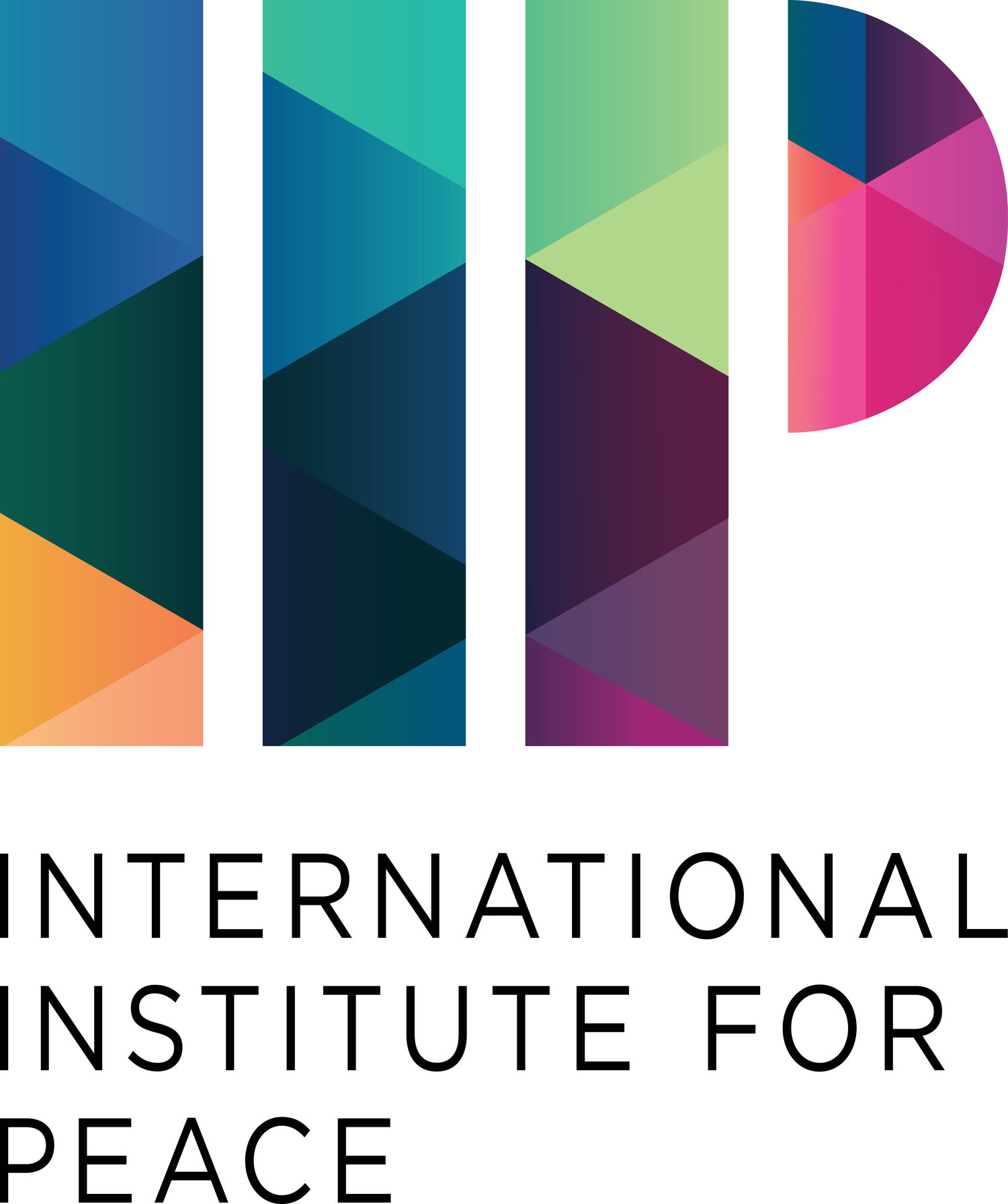Published in The Armenian Mirror-Spectator on 19.12.2023
Three months ago, hopes were high that Armenia and Azerbaijan were close to signing a peace agreement by the end of 2023. The logic behind this was the narrative that the status of Nagorno-Karabakh and the fate of the Armenian population were the main obstacles to the peace agreement. After the military takeover of Nagorno Karabakh by Azerbaijan in September 2023, what could else hinder the peace process? Everything was ready to finalize the agreement during a meeting in Granada on October 5, and then sign the peace deal in Brussels or Washington by the end of 2023.
Then, suddenly, Azerbaijan pulled away from negotiations. Azerbaijani President Ilham Aliyev canceled his visit to Granada, rejected the EU offer to hold a leaders’ summit in Brussels by the end of October 2023 at the “original Brussels format,” and canceled the meeting between Armenian and Azerbaijani foreign ministers scheduled for November 20. Azerbaijan hinted that it was ready to continue negotiations in Moscow, use the 3+2 platform, or launch bilateral talks. Armenia resisted the idea of resuming negotiations in Moscow, stating that it was interested in meeting on Western platforms, but agreed to have bilateral talks at the end of the day.
On November 30, the Armenian and Azerbaijani Commission on delimitation and demarcation met at the Armenia – Azerbaijan border and agreed on its charter. On December 7, Armenia and Azerbaijan made a significant step forward by adopting a bilateral statement on pushing forward the peace process, exchange of POWs, and also Armenia’s support to Azerbaijan to host the UN’s climate change conference (COP29) in Baku in 2024.
Meanwhile, the US Assistant Secretary for European and Eurasian Affairs, James O’Brien, visited Baku and met with President Aliyev on December 6. According to different sources, Armenia and Azerbaijan agreed to hold a foreign ministers’ meeting in January 2024. As it became clear that no peace agreement would be signed between Armenia and Azerbaijan by the end of 2023, experts and politicians sought to anticipate what 2024 would bring to the Armenia – Azerbaijan peace process.
There could be different scenarios, and it is incredibly challenging to assess the likelihood of each of them, especially given that the process is heavily influenced by external factors, such as the war in Ukraine, the results of the upcoming EU and the US elections, and others. However, one thing is clear: Azerbaijan holds the initiative, and Baku will decide the course of history. Aliyev may decide that he needs a peace agreement before the February 7, 2024, snap Presidential elections to close “the Armenia and Nagorno Karabakh chapters” and participate in the elections with the program for the new “post-conflict Azerbaijan.” Another option is to sign a statement with Armenia on bilateral relations before the elections, which could have patterns of the road map while continuing pressure on Armenia after February 7, 2024.
However, President Aliyev may decide that he does not need any agreement or statement with Armenia before February 7, 2024, and take part in the elections as a national hero who restored Azerbaijani territorial integrity and achieved more than his father. Even if the Armenian and Azerbaijani foreign ministers meet in Washington in January 2024, it will not result in any breakthrough. If nothing is signed before February 7, there could be two scenarios afterward.
If President Aliyev thinks that Azerbaijan needs a peace agreement in the short term, he may engage in meaningful negotiations with Armenia. However, Azerbaijan may believe that it can take from Armenia through military means much more than through any agreement. In this case, Azerbaijan probably will wait until autumn 2024 to use the US presidential elections as a “geopolitical window of opportunity” to launch another military incursion into Armenia. The goals of that military operation may be limited to taking additional strategic heights inside Armenia or controlling so-called enclaves, or Azerbaijan may seek to open the so-called “Zangezur corridor” by force.
As we see, Azerbaijan has multiple choices, not between bad and good but between good and better. Regardless of its choices, Azerbaijan will likely continue its active engagement within the 3+2 format, sending a clear message to Russia, Iran, and Turkey that it is not interested in having greater Western presence and influence in the South Caucasus. It will cement Azerbaijan’s position as a country that seeks to act in line with the interests of the regional powers and will continue to add to tensions in Armenia – Russia and Armenia – Iran relations, presenting Armenia as a country that seeks to bring the West closer to Iran’s borders and Russia’s backyard. The EU’s decision to grant EU candidate status to Georgia increases EU involvement in the region. However, the Georgian government skillfully balances between different regional actors, maintaining partnerships with the EU, the US, China, Armenia, Azerbaijan, and Turkey and develops relations with Russia and Iran.
After two humiliating defeats in 2020 and 2023, Armenia has lost its ability to influence regional developments significantly and is in a reactive mode now, taking action in response to Azerbaijani initiatives. The potential developments in Armenia-Azerbaijan relations mainly depend on Azerbaijani’s decisions. However, it does not mean everything is decided, and Armenia should wait for its fate. The critical goal for Armenia in 2024 is to avoid geopolitical blunders of 2020 and 2023. Armenia should understand that one of the prevailing patterns of the emerging post-unipolar world is the regionalization of geopolitics, where regional powers and regional groupings will have more and more influence and impact. In this context, Armenia should be cautious not to become or to be perceived by Russia, Iran, and Turkey as a regional spoiler in the South Caucasus.
Benyamin Poghosyan is chairman of the Center for Political and Economic Strategic Studies in Yerevan, and Senior Research Fellow at the Applied Policy Research Institute (APRI) of Armenia


